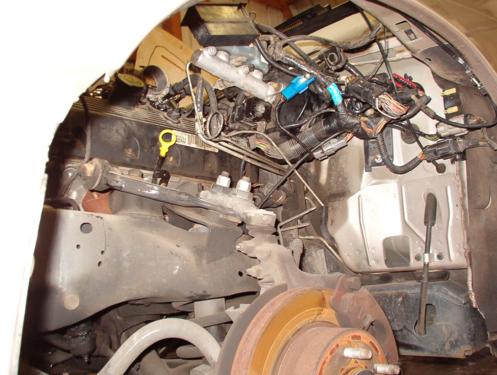
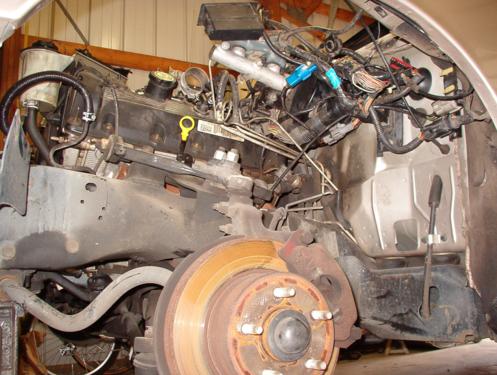
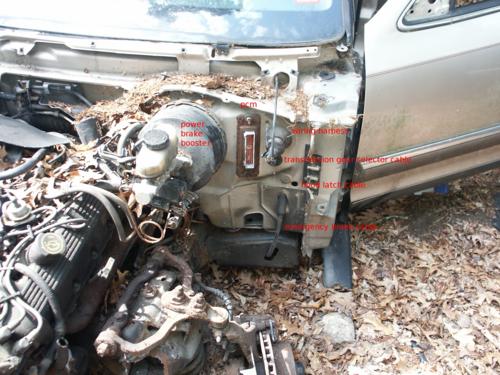
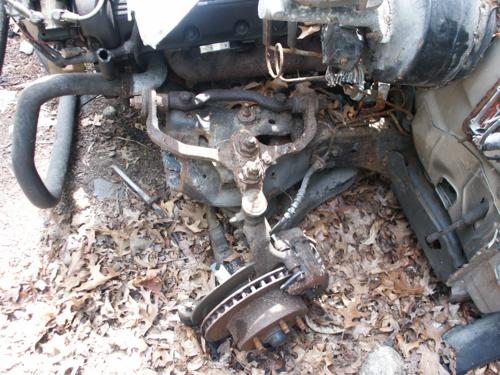
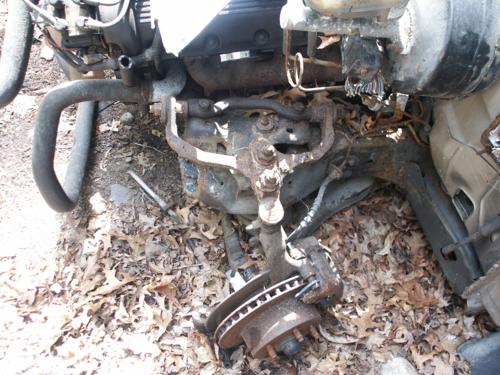
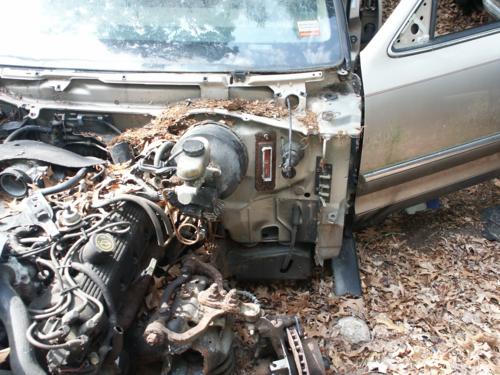
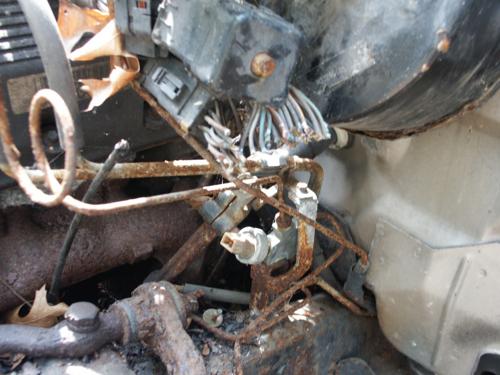
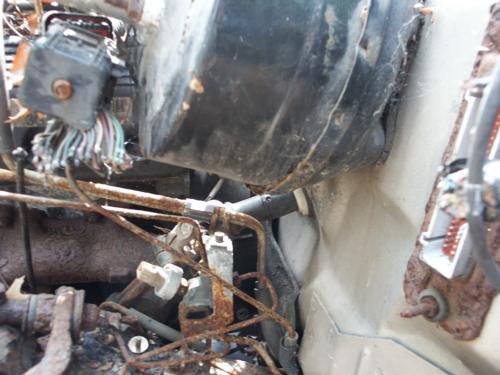

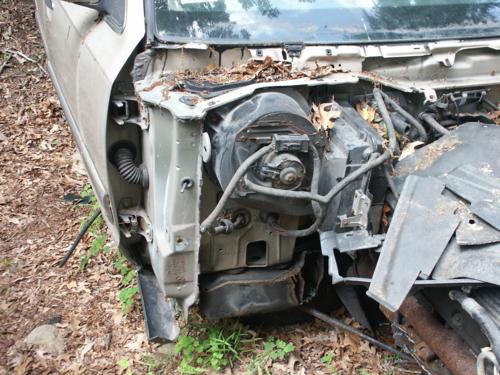
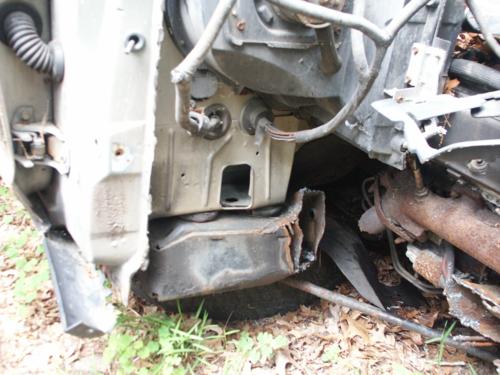
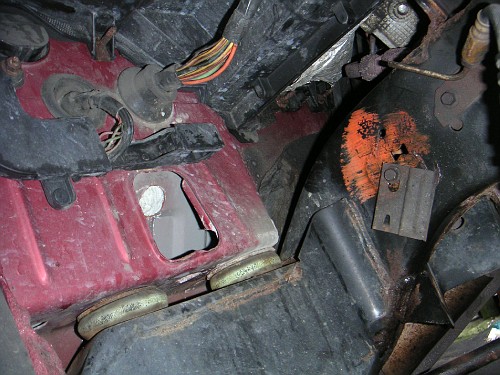
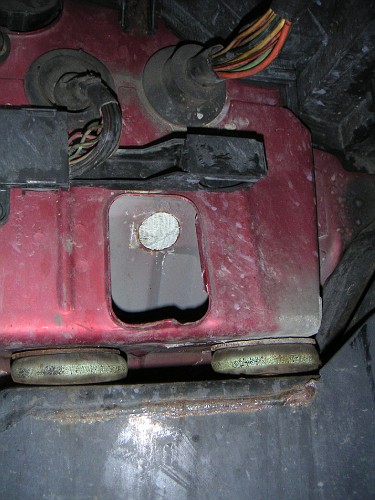
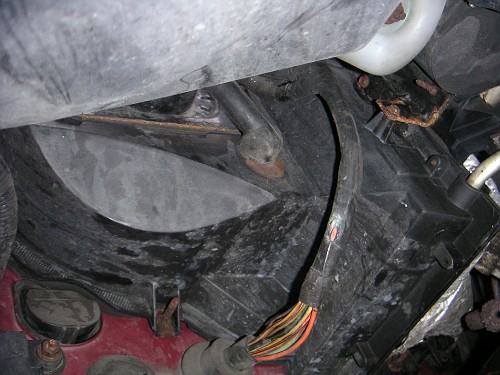
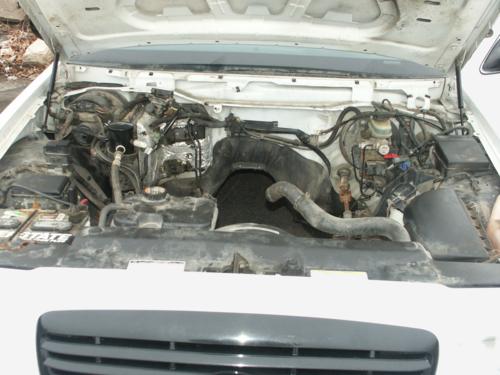
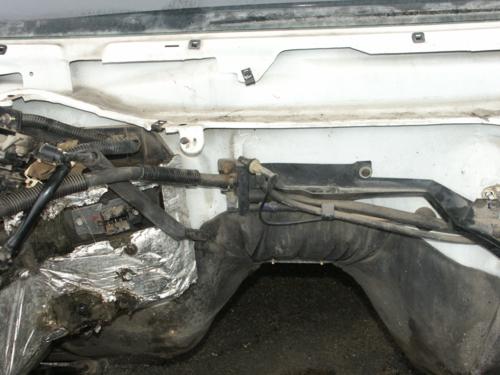
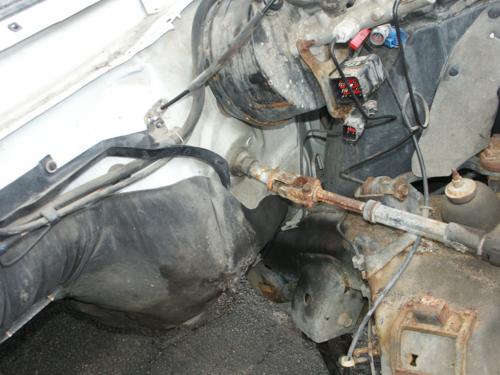
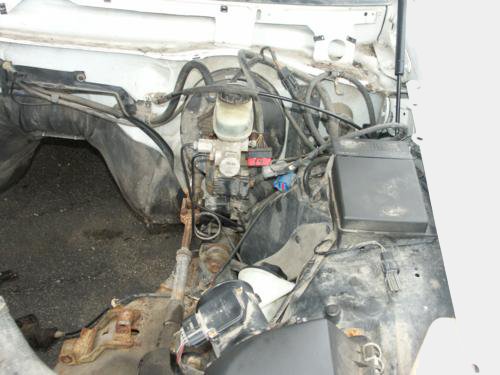


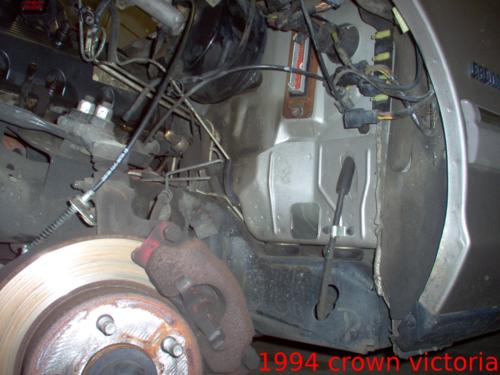
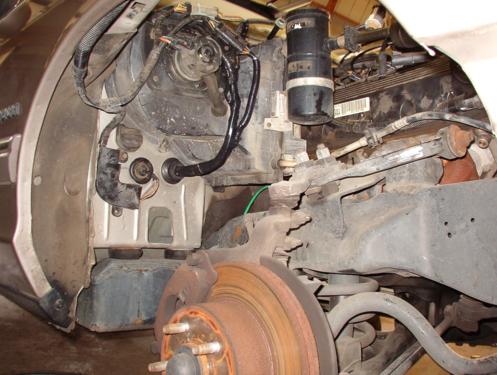
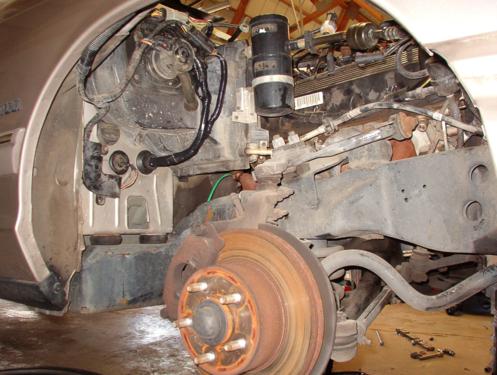
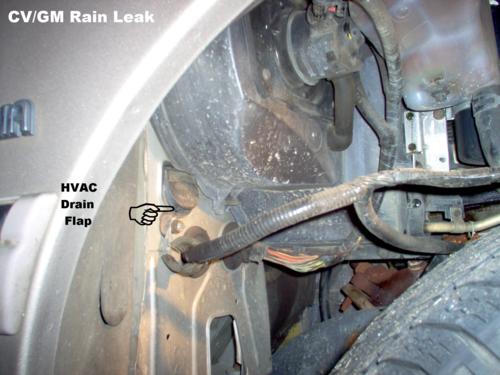
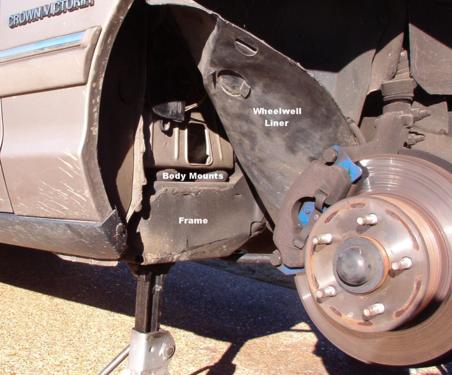
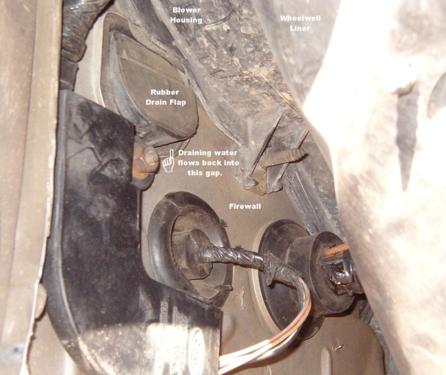
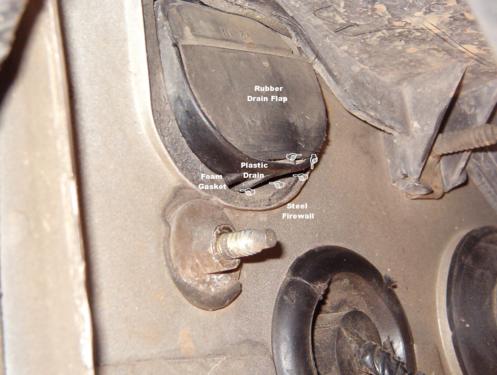
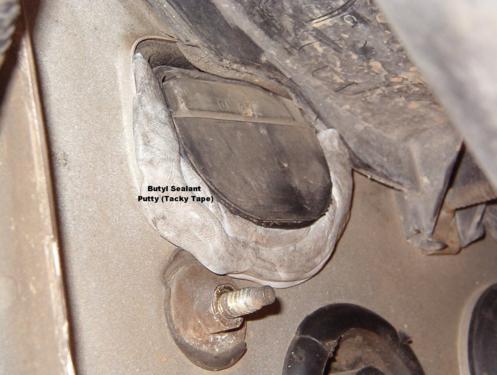
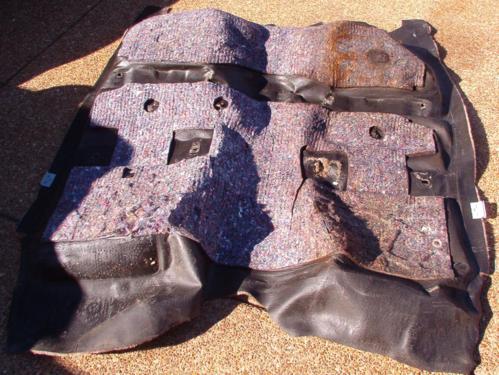
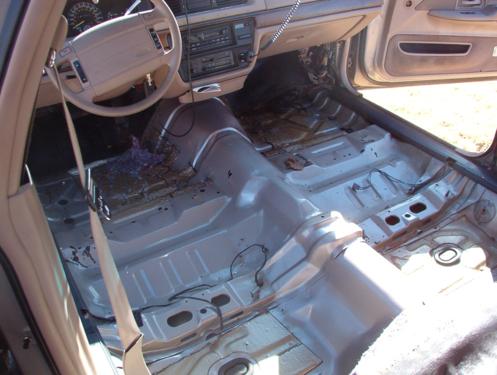
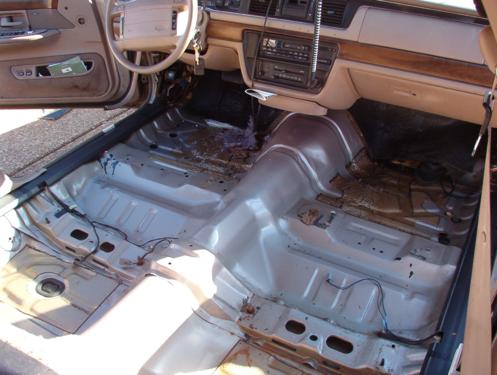
| Part Number |
Comments |
| E3AZ-16916-A | 83-84 |
| D9AZ-16916-A | 84-89 |
| FOAZ-16916-A | 1990-1991 |
| F2AZ-16916-A | 1992-1997 (not replaced) |
| F8VZ-16916-AA | 1998-2002 (replaced by
3W1Z-16916-AA) |
| 3W1Z-16916-AA | 2003-2005 (replaced by 6W1Z-16916-A) |
| 6W1Z-16916-A |
| Part Number |
Comments |
| E1TZ-16700-A | 80-80 88-91 |
| E1DZ-16700-A | 81-82 |
| E6DZ-16700-A | 83-87 |
| F2AZ-16700-A | 92-92 |
| F2AZ-16700-B | 92-92 (Replaced by F2AZ-16700-C) |
| F2AZ-16700-C | 92-92 (Replaced by F4AZ-16700-A) |
| F3AZ-16700-A | 93-93 Before 12/93 (Replaced by F4AZ-16700-A) |
| F4AZ-16700-A | 94-97 From 12/93 |
| F8AZ-16700-AA | 98-98 (Replaced by XW7Z-16700-AA) |
| XW7Z-16700-AA | 99-04 (Superceded by 5W7Z-16700-A) (Replaced by SELECTIVE) |
| 5W7Z-16700-A | 05-05 |
| 6W7Z-16700-A | 06-10 (Replaced 5W7Z-16700-A) |
| Part Number |
Comments |
| F2AZ-16K689-A | 92-92 (Replaced by F3AZ-16K689-A) |
| F3AZ-16K689-A | 93-97 Use N807601-S417 rivet to attach 16K689 to 16612 hood |
| F5AZ-16K689-BA | Police Only 92-92 |
| F5AZ-16K689-BA | Police, Taxi - Russia 92- |
| F6AZ-16K689-BA | Police, Taxi - Russia 92-92 |
| F6AZ-16K689-AA | 93-97 Police/Taxi |
| F8AZ-16K689-AA | 98-06 (Replaced by 6W1Z-16K689-A) |
| 6W1Z-16K689-A | from 06/19/2006 |
| Part Number |
Comments |
| FOVY-7E395-B | 90-92 (AOD #F0VC-7E395-BF; F1VC-7E395-AA; F2VC-7E395-AA from 2/27/90 to 8/03/1992) |
| F0VY-73395-A | 90-90 (AOD #F0VC-7E395-BD; before 2/27/90) (replaced by F0VY-7E395-B) |
| F3VY-7E395-A | 92-93 (AOD-E F3VC-BC, from 8/03/1992) |
| F4AZ-7E395-A | 94-94 (AOD-E F4VC-CA) |
| F5AZ-7E395-A |
95-95 (4R70W, F5AC-CD)
|
| F6AZ-7E395-AA | 96-97 (4R70W, F6AC-AA) (replaced by F8AZ-7E395-BA) |
| F8AZ-7E395-BA |
98-02 (Column Shift, F8AC-CA)
|
| 1W3Z-7E395-AA | 01-02 (Floor Shift, 1W3P-7E395-AB) |
| 3W1Z-7E395-AA | 03-03 (Column Shift, 3W1P-7E395-AA) (Replaced by 3W1Z-7E395-AB) |
| 3W1Z-7E395-AB | 03-04 (Column Shift, 3W1P-7E395-AB) |
| 3W3Z-7E395-AA | 03-05 (Floor Shift #3W3P-7E395-AA before 3/03/05) (Replaced by 3W3Z-7E395-B) |
| 3W3Z-7E395-B | 05-06 (Floor Shift, #3W3P-7E395-AB from 3/03/05 to 12/5/05) (Replaced by 6W3Z-7E395-A) |
| 5W1Z-7E395-CA | 05-05 (Column Shift, #5W1P-7E395-CA before 2/28/05) (Replaced by 5W1Z-7E395-D) |
| 5W1Z-7E395-D |
05-06 (Column Shift #5W1P-7E395-CB from 2/28/05 to 12/5/05)
(Replaced by 6W1Z-7E395-B)
|
| 6W1Z-7E395-B | 06-06 (Column Shift #6W1P-7E395-BA from 12/5/05) |
| 6W3Z-7E395-A | 06-06 (Floor Shift, #6W3P-7E395-AA from 12/05/05) |
| 6W1Z-7E395-A | From 08/01/2007 Column Shift |
| 6W1Z-7E395-B |
From 06/19/2006 to 08/01/2007 Column Shift
|
| 6W3Z-7E395-A | From 06/19/2006 Floor Shift 5 Passenger Seating |